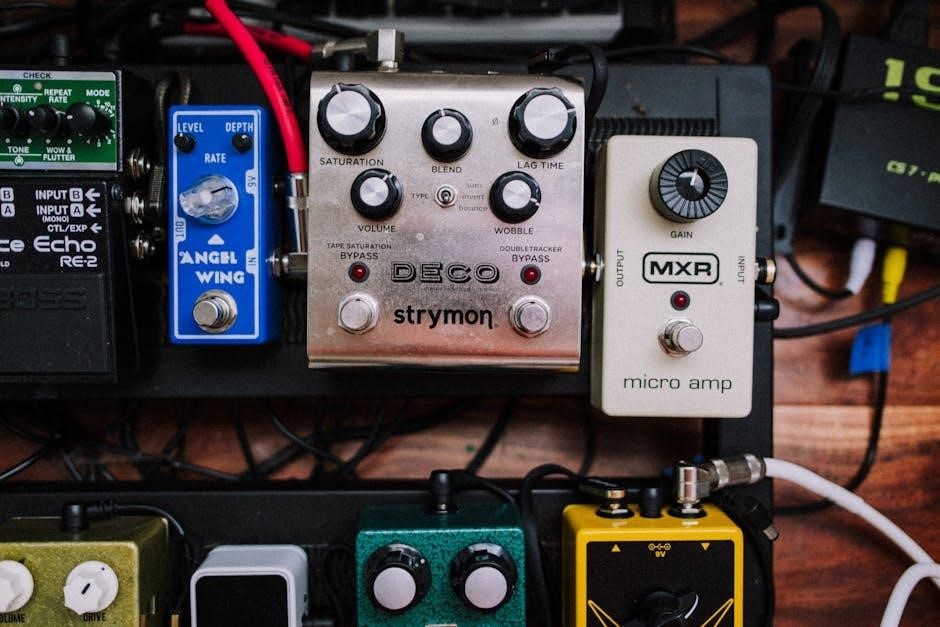RM43 Total Vegetation Control: Mixing Instructions

Effectively mixing RM43 is crucial for optimal weed control. Begin by donning the appropriate personal protective equipment. Next, fill your sprayer with clean water to the desired level. Accurately measure the RM43 concentrate as per label instructions for your intended application.
What is RM43?
RM43 Total Vegetation Control is a powerful herbicide designed for comprehensive weed and grass control. It’s formulated with a combination of glyphosate and imazapyr, providing both immediate and long-lasting effects. Glyphosate works by inhibiting an enzyme essential for plant growth, while imazapyr acts as a soil sterilant, preventing weed regrowth for up to a year in some locations. This dual-action formula makes RM43 highly effective against a wide range of unwanted vegetation, including noxious weeds, grasses, vines, brush, and even trees.
This product is ideal for use in non-crop areas where total vegetation control is desired, such as fence rows, gravel paths, sidewalks, driveways, parking areas, and around farm buildings. RM43 is rainfast in as little as two hours, and once dry, treated areas are safe for re-entry by people and animals. However, it’s crucial to avoid spraying RM43 over the root systems of desirable plants, as it can cause harm. RM43 offers a convenient and effective solution for long-term weed prevention.

Intended Use of RM43
RM43 Total Vegetation Control is specifically designed for use in non-crop areas where complete elimination of vegetation is desired. Its primary intended use is to provide long-term weed and grass control, often lasting up to a year or more. This makes it suitable for areas such as fence lines, gravel pathways, sidewalks, driveways, and parking lots.
Around farm buildings and barns, RM43 helps maintain a clean and weed-free environment. It can also be used as a spot treatment for brush, vines, and weeds in areas where total vegetation control is not required. However, it’s crucial to apply RM43 carefully to avoid contact with desirable plants, as it can harm or kill them. The product’s effectiveness in preventing regrowth makes it a practical choice for managing unwanted vegetation in various non-agricultural settings, ensuring a tidy and well-maintained landscape.
RM43 is not intended for use in agricultural fields or other areas where crops are grown.
Required Personal Protective Equipment (PPE)
When handling RM43, wearing appropriate Personal Protective Equipment (PPE) is vital to minimize the risk of exposure and ensure safety. Mixers, loaders, applicators, and other handlers must wear specific protective gear. This typically includes chemical-resistant gloves made of materials like nitrile or neoprene to prevent skin contact with the herbicide.
Long-sleeved shirts and long pants are essential to cover exposed skin and reduce absorption. Protective eyewear, such as goggles or a face shield, should be worn to prevent eye irritation or injury from splashes or spray. In some situations, a respirator may be necessary, especially when mixing or applying RM43 in enclosed or poorly ventilated areas. Always refer to the product label for detailed instructions on the specific PPE required for each task.
Following these guidelines will significantly reduce the risk of exposure and promote a safer working environment when handling RM43.
Mixing Ratio for Total Vegetation Control
Achieving total vegetation control with RM43 requires precise mixing ratios to ensure efficacy. For bare ground applications, where complete elimination of vegetation is desired, the recommended mixing ratio is typically 7.4 fluid ounces of RM43 per gallon of water. This concentration is designed to provide long-lasting control, often up to a year or more, depending on environmental conditions and weed types.
When preparing larger volumes, maintain this proportion to ensure consistent results. For instance, if you need 5 gallons of spray solution, use 37 fluid ounces of RM43. Always consult the product label for specific use rates and detailed instructions, as variations may exist based on the target vegetation and local regulations.
Proper mixing is essential for achieving the desired outcome and preventing damage to desirable plants. By following these guidelines, you can effectively utilize RM43 to create a weed-free environment in non-crop areas.
Mixing Ratio for Spot Control
For spot control of unwanted vegetation, a slightly different mixing ratio of RM43 is employed compared to total vegetation control. Spot control is ideal for targeting individual weeds or small patches of unwanted growth, minimizing the impact on surrounding desirable plants;
While specific recommendations can vary, a common guideline is to use approximately 6 fluid ounces of RM43 per gallon of water for spot treatments. This higher concentration allows for effective control of targeted weeds without affecting a large area.
When applying RM43 for spot control, carefully direct the spray onto the foliage of the targeted weeds, avoiding overspray onto desirable plants. Use a sprayer with an adjustable nozzle to control the spray pattern and minimize drift. Remember to always consult the product label for the most accurate and up-to-date mixing instructions, as formulations and recommendations may change. Proper mixing and application techniques are crucial for achieving successful spot control with RM43 while protecting the surrounding environment.

Equipment Needed for Mixing and Application
To ensure the safe and effective mixing and application of RM43, gathering the right equipment is paramount. Essential items include a measuring container for accurate concentrate dosage, a mixing container for diluting RM43 with water, and appropriate personal protective equipment (PPE).
For application, a sprayer is necessary. Hand-operated sprayers, such as backpack or pump sprayers, are suitable for smaller areas and spot treatments. For larger areas, ATV or tractor-mounted sprayers offer greater efficiency. A sprayer with adjustable nozzles allows for control over spray pattern and droplet size, optimizing coverage and minimizing drift.
Additionally, consider using a dedicated mixing container and sprayer solely for herbicides to prevent cross-contamination. After each use, thoroughly clean all equipment with water and a suitable cleaning agent, following the manufacturer’s instructions. Proper equipment maintenance ensures accurate application and extends the lifespan of your tools, contributing to successful and responsible vegetation management.
Step-by-Step Mixing Instructions
Follow these steps for proper RM43 mixing. First, wear all required PPE. Second, fill the sprayer tank halfway with clean water. Then, carefully measure the required RM43 amount using a dedicated measuring container. Refer to the product label to determine the correct amount for your application needs, such as total vegetation control or spot treatment.
Pour the measured RM43 into the sprayer tank. Add the remaining water to reach the desired volume. Securely close the sprayer tank and gently agitate the mixture to ensure thorough mixing. Avoid excessive shaking that could create foam.
If using a large tank, ensure continuous agitation during application to maintain a consistent mixture. For backpack sprayers, periodically shake the tank to prevent settling. If adding a dye marker, mix it with a small amount of water before adding it to the tank to ensure even distribution. Always follow the RM43 label instructions for specific mixing ratios and any additional recommendations;
Application Instructions
After properly mixing RM43, follow these application instructions. Use appropriate spraying equipment, like backpack or ATV-mounted sprayers, based on the target area’s size. Apply RM43 to actively growing weeds or bare ground, depending on your objective.
For total vegetation control, uniformly spray the solution across the desired area, ensuring complete coverage. Avoid spraying desirable plants or their root systems. For spot treatment, direct the spray precisely onto the targeted weeds, minimizing overspray.
Apply in early summer for best results. Be mindful of weather conditions; avoid application before rainfall to prevent runoff. RM43 becomes rainfast in about two hours.
After application, people and animals can re-enter the treated area once it’s dry. Regularly check the treated areas and reapply if needed, following the product label’s guidelines. Clean your equipment thoroughly after use to prevent corrosion and ensure proper functioning for future applications.
Factors Affecting RM43 Effectiveness
Several factors influence RM43’s effectiveness. Proper mixing, as outlined earlier, is paramount; incorrect ratios can significantly reduce its potency. The type and age of weeds also matter; RM43 works best on actively growing weeds in early summer.
Environmental conditions play a crucial role. Rainfall shortly after application can wash away the herbicide, diminishing its impact. RM43 needs about two hours to become rainfast. Temperature also affects its performance; extreme heat or cold can reduce its effectiveness.
Soil type can influence RM43’s absorption and activity. In some cases, soil binding may reduce its effectiveness. Application method matters; uniform coverage is essential, especially for total vegetation control.
Finally, weed resistance can develop over time. Rotating herbicides can help prevent this. Consider consulting the product label for specific recommendations and adjusting application based on these factors to maximize RM43’s effectiveness.
Safety Precautions and Considerations
When handling RM43, safety is paramount. Always wear the required personal protective equipment (PPE), including gloves, eye protection, and a long-sleeved shirt. Avoid contact with skin, eyes, and clothing. In case of contact, immediately flush the affected area with plenty of water.
Keep RM43 out of reach of children and pets. Store it in a secure location away from food and water sources. Do not contaminate water when cleaning equipment or disposing of waste.
When mixing and applying RM43, avoid spraying near desirable plants, as it is a non-selective herbicide. Be mindful of wind direction to prevent drift onto unintended areas.

Read and follow all label instructions carefully before use. If unsure about any aspect of the product’s usage, consult a qualified professional. Be aware of environmental hazards and take precautions to minimize any potential impact. Dispose of empty containers properly according to local regulations.
First aid information is also on the label.

